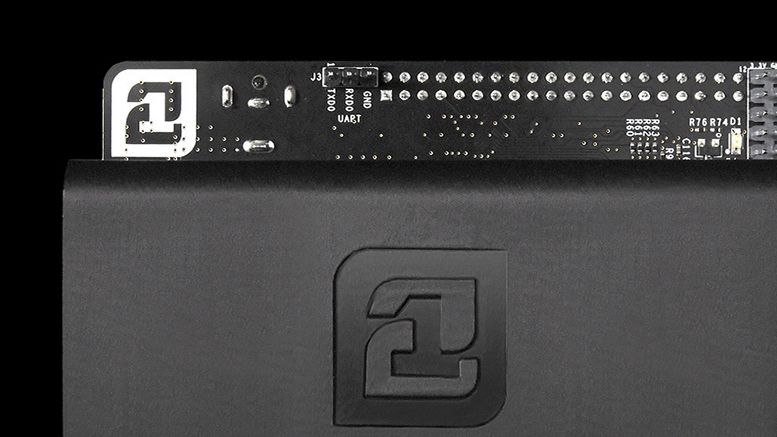
21 Inc Launches First Proof-of-Concept for Bitcoin Computer Network
With its signature hardware product now shipping to users in the US, Canada and Europe, 21 Inc is seeking to roll out its next stage in development, a decentralized, bitcoin-incentivized network of the devices. 21 Inc announced the launch of Ping21 today, a new proof-of-concept it envisions as a competitor to website monitoring services such as Pingdom or AlertFox. Today, webmasters use such services to determine how a website is performing in different markets, in the case of Pingdom, paying between $13 and $454 a month for the service. What 21's grid now allows is that Bitcoin Computers....
Related News
Mining bitcoins chews up a lot of computing power for no other purpose than to sustain the network. Wouldn't it be useful to mine cryptocurrency in some other, more productive way? Now a team of Serbian developers has tried to crack the problem with a proof-of-concept altcoin that lets you mine coins simply by exercising. Mangocoinz was launched as a computer science project by three students at Belgrade's School of Computing, with a simple concept: instead of using computational work to generate coins, miners have to do some actual, physical work. For example, repeatedly moving a....
Royal Bank of Scotland (RBS) is planning to demonstrate its blockchain-based proof-of-concept early next year. Speaking to Computer Weekly at Sibos - a financial services conference held in Singapore earlier this week - John Lyons, head of strategy and commercial services for RBS's payments business, said the bank could potentially trial and launch the blockchain-based pilot in 2016. Although Lyons reportedly declined to divulge further details about the proof-of-concept, he suggested it was "on the fringes of payments". Lyons' comments come after Simon McNamara, chief administrative....
A Proof-of-Work system requires its users to perform some form of work to participate. The work must be difficult for the client but easy for the server/network to verify. For example, an email system that implements proof-of-work might require each sender's computer perform 1-2 seconds of work before sending an email. Deployed this way helps prevent spam. With Bitcoin, the POW also determines the approximate time between blocks and thus the rate that new bitcoins are created. Also read: Bitcoin Mining Difficulty Decreases for First Time in Almost Two Years. Proof-of-Work. The code posted....
IBM has unveiled its proof of concept for ADEPT, a system developed in partnership with Samsung that uses elements of bitcoin's underlying design to build a distributed network of devices - a decentralized Internet of Things. The ADEPT concept, or Autonomous Decentralized Peer-to-Peer Telemetry, taps blockchains to provide the backbone of the system, utilizing a mix of proof-of-work and proof-of-stake to secure transactions. IBM and Samsung chose three protocols - BitTorrent (file sharing), Ethereum (smart contracts) and TeleHash (peer-to-peer messaging) - to underpin the ADEPT concept.....
Proof of Individuality protocol is designed to prevent Sybil attacks on peer-to-peer network based computer reputation systems. The virtual world is full of threats; Sybil attacks make a sizeable chunk of it. Especially with the increasing implementation and usage of peer-to-peer networks, the network infrastructure lies more exposed to such attacks than ever. Cryptocurrencies also use a form of peer-to-peer network, which naturally puts them on the list as well. The magnitude of threat is now being countered by the development and implementation of anti-Sybil protocols. Proof of....





